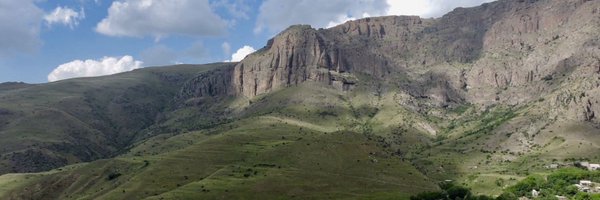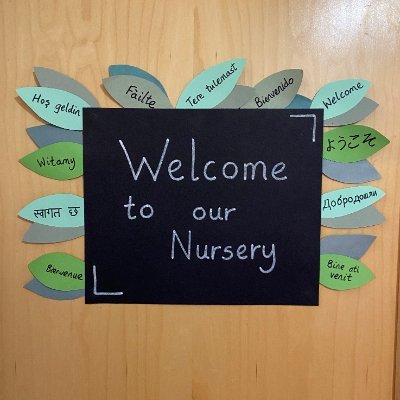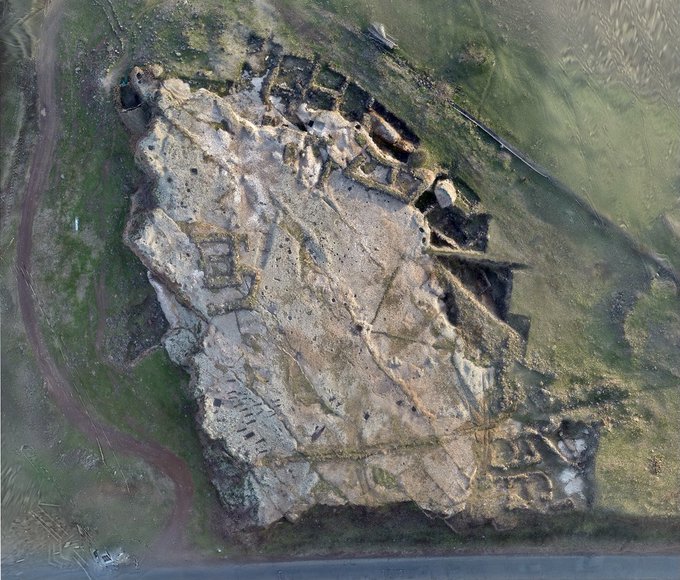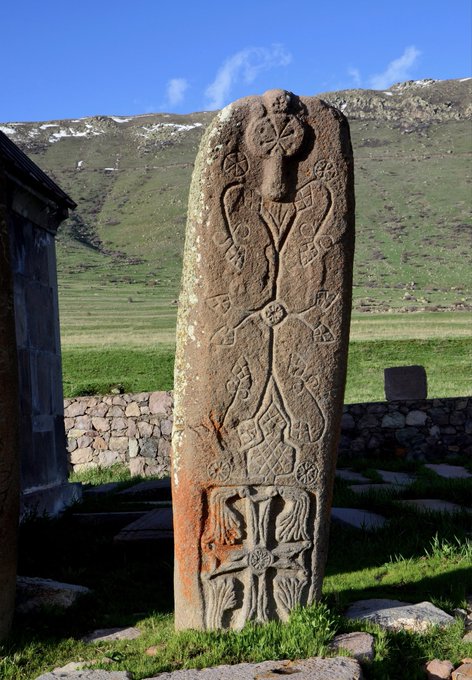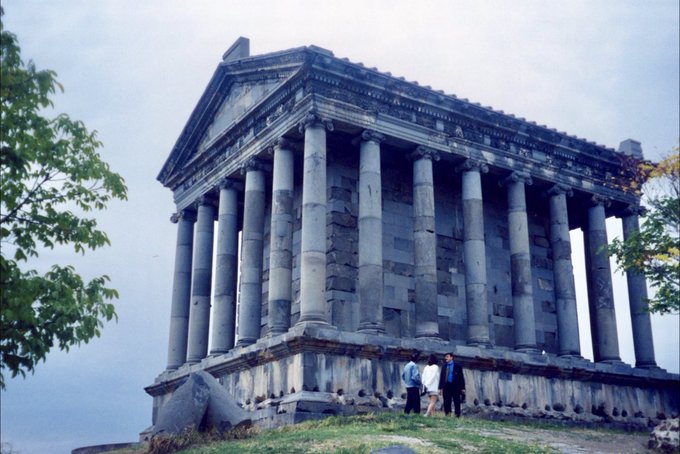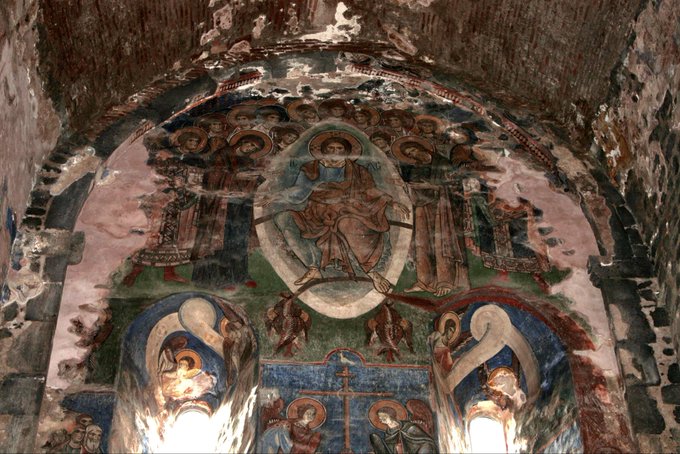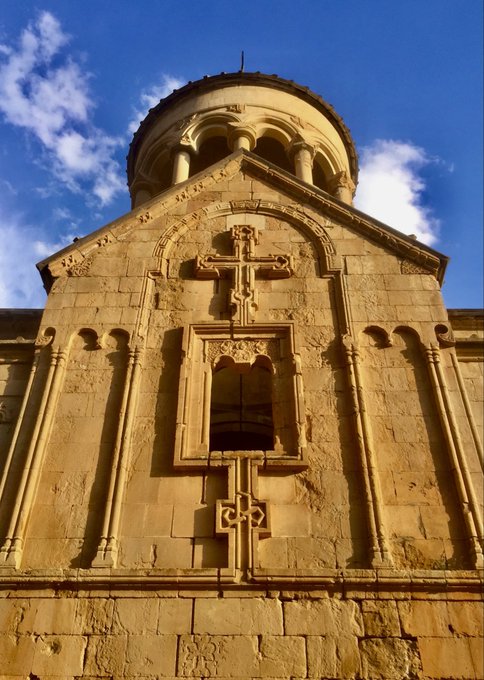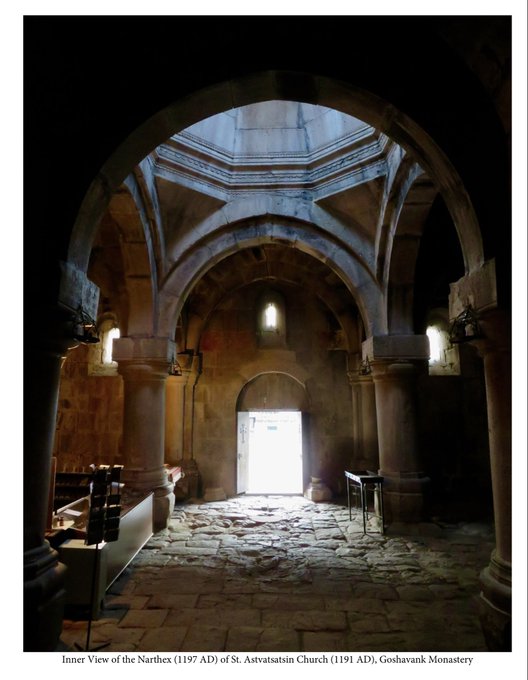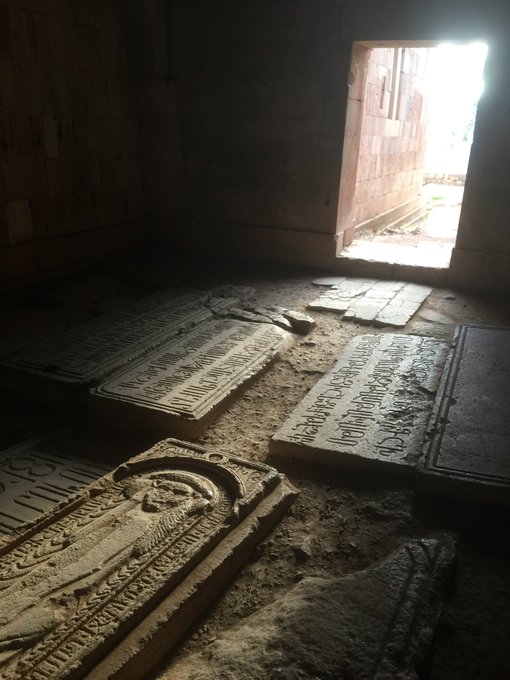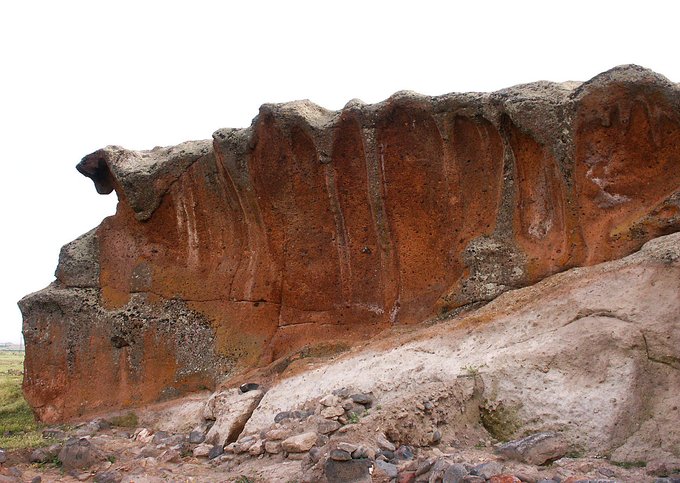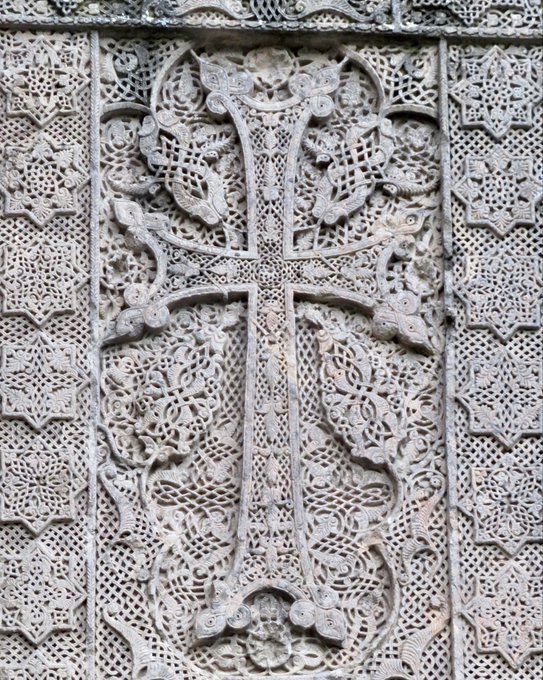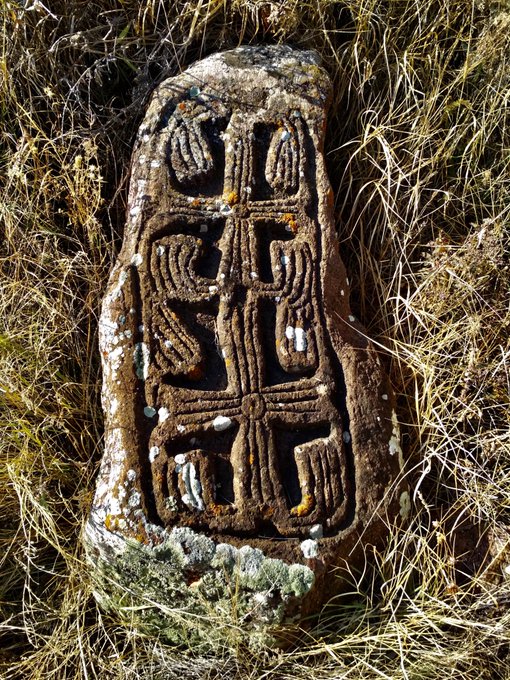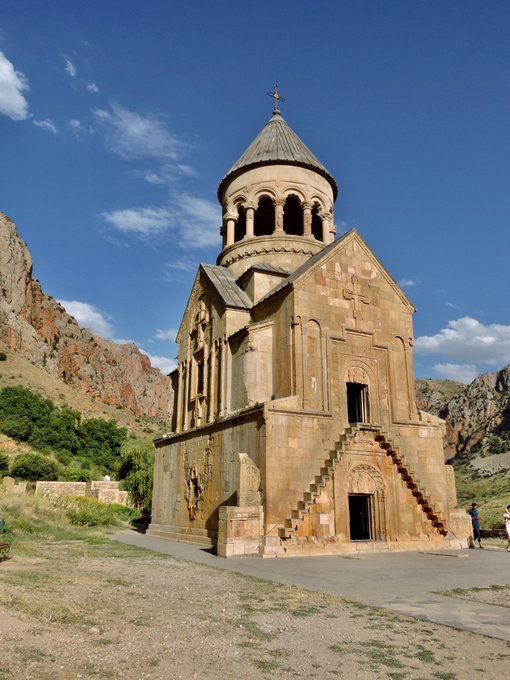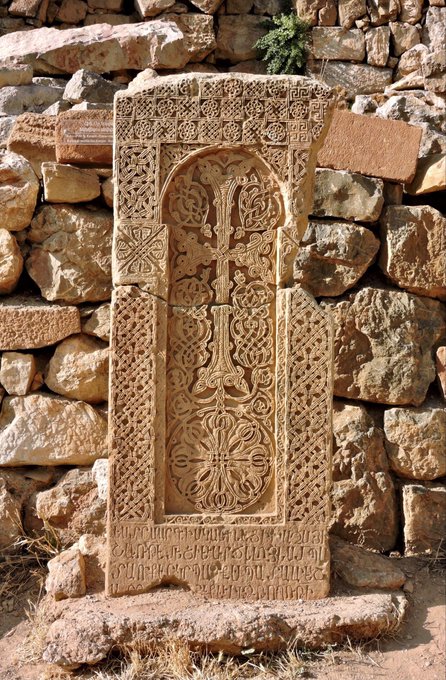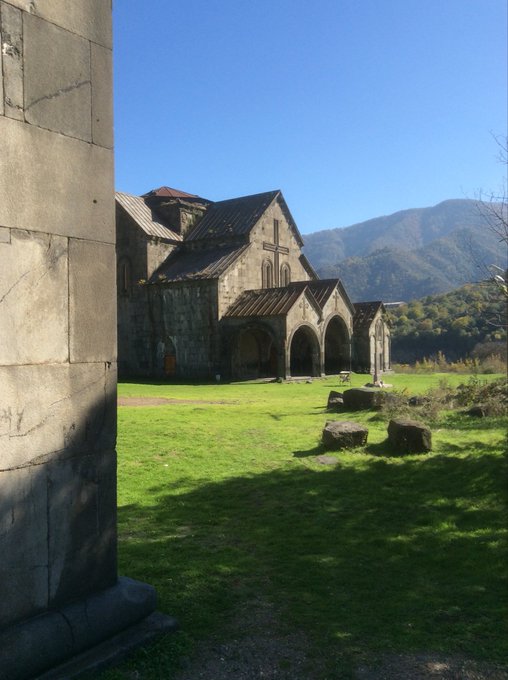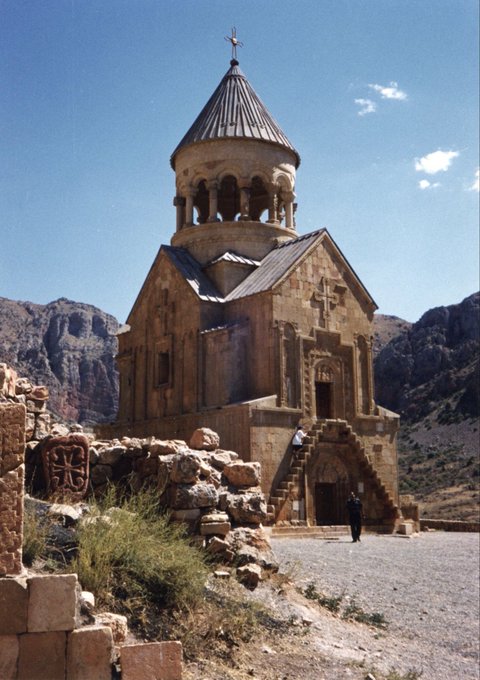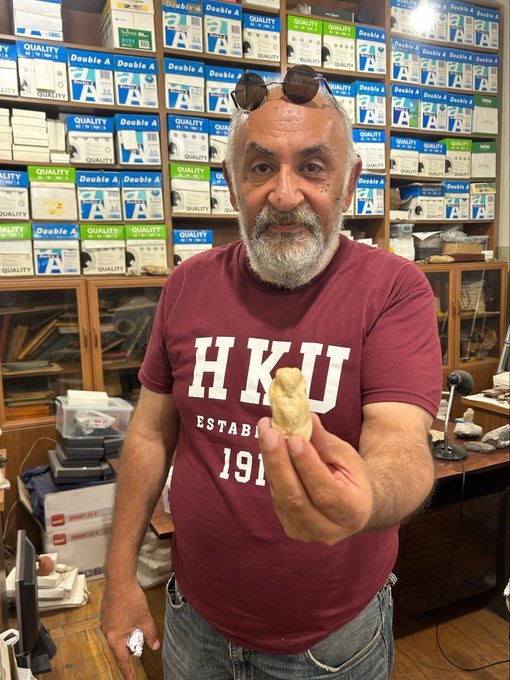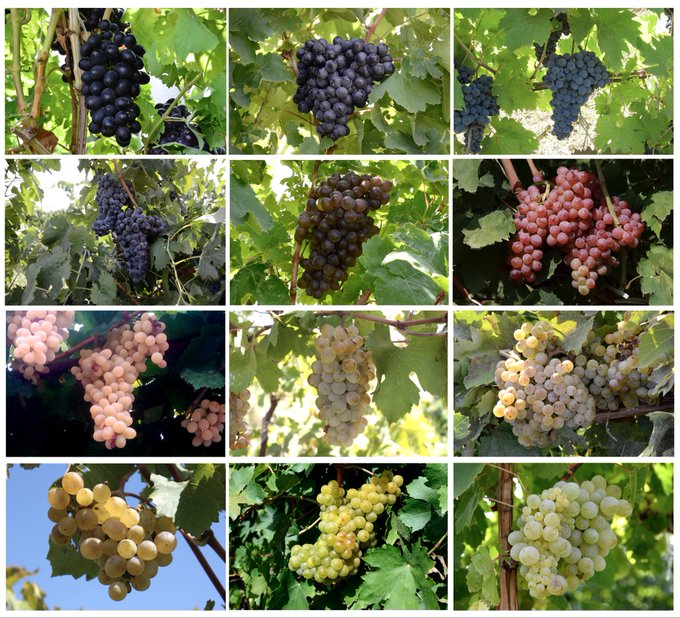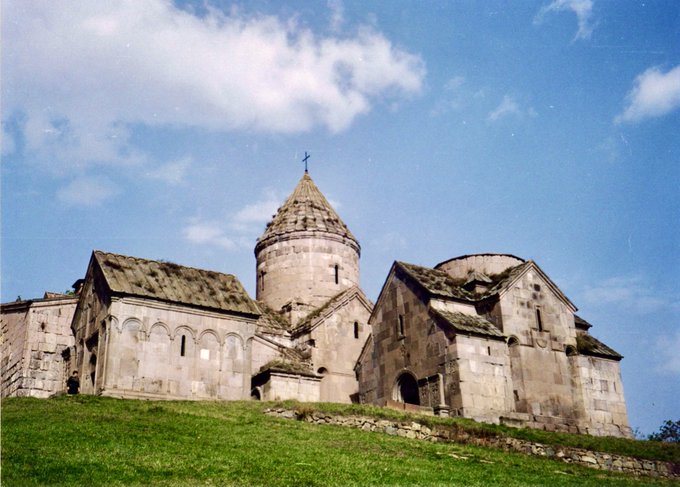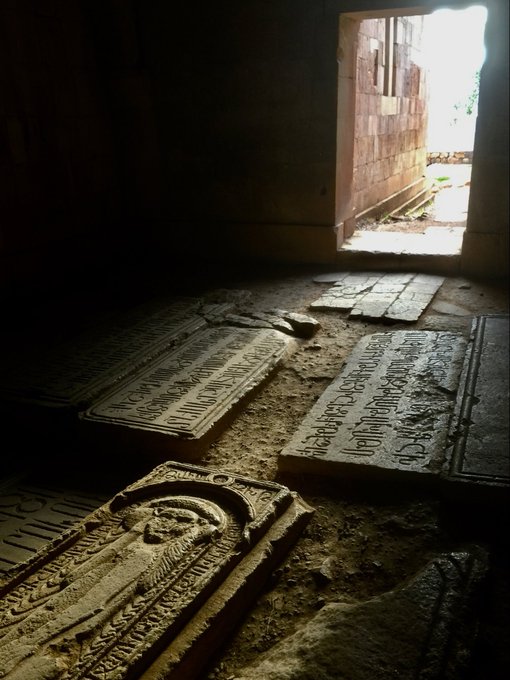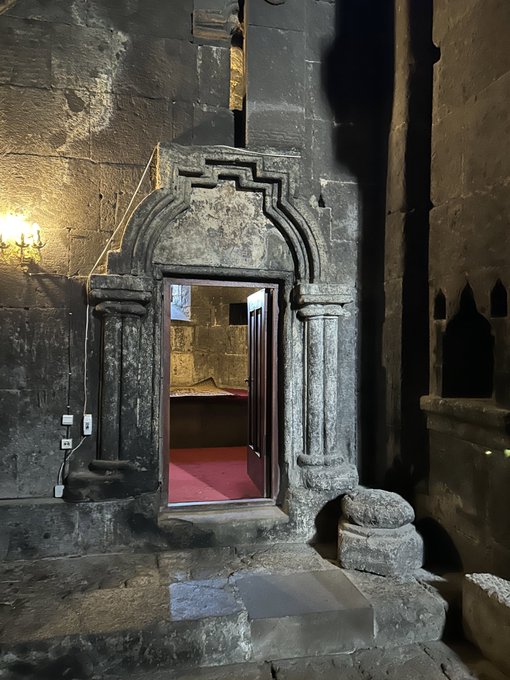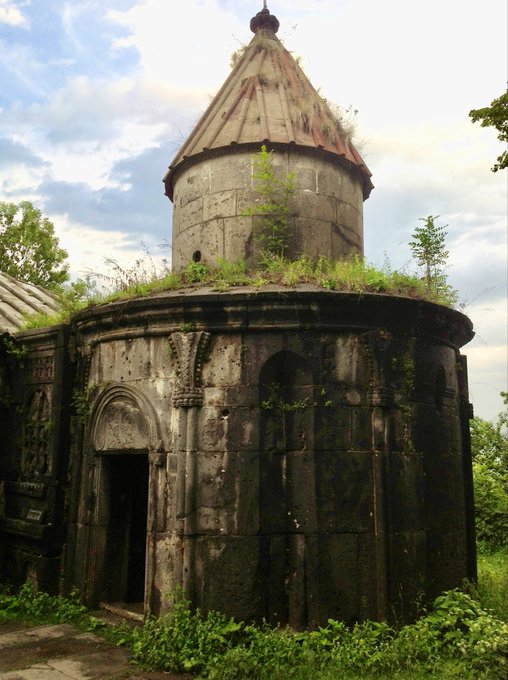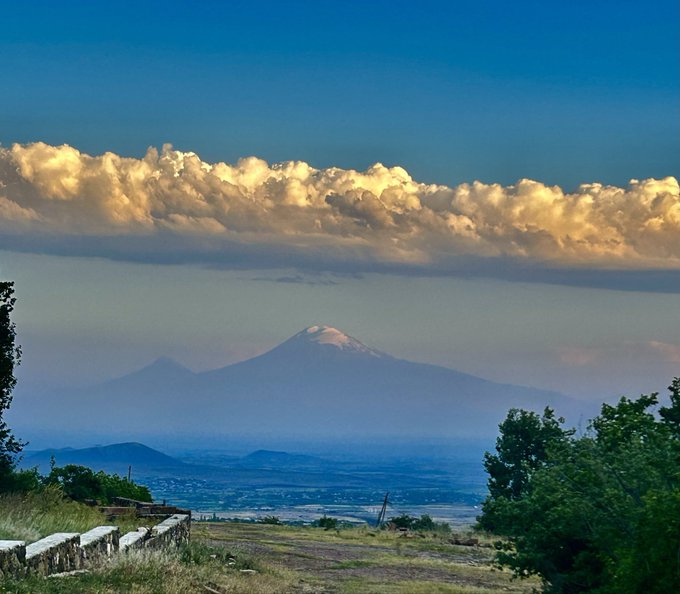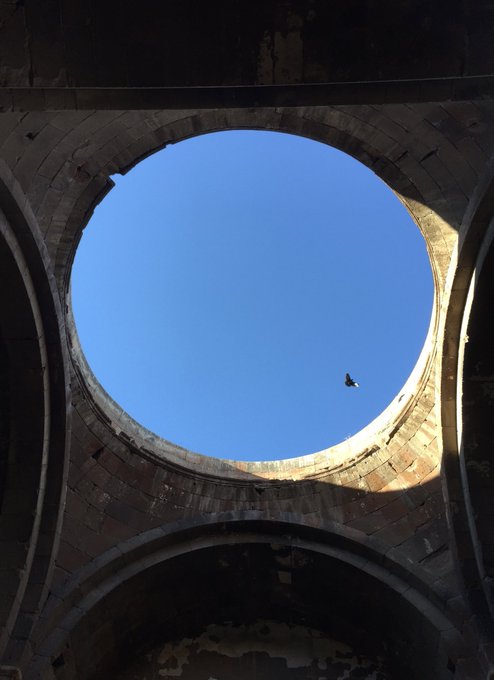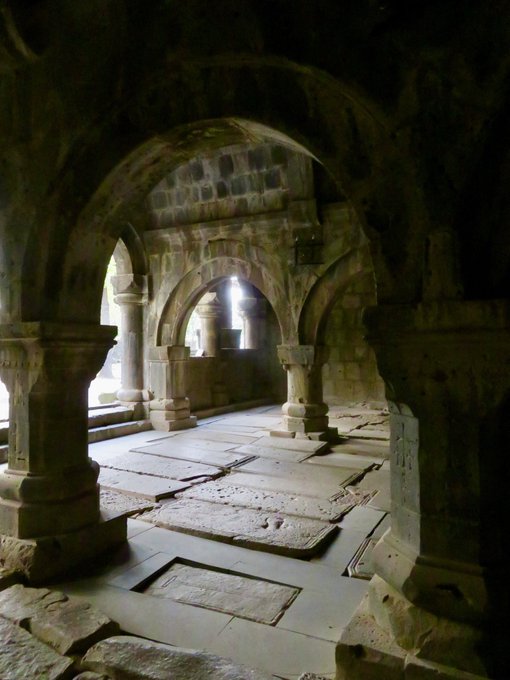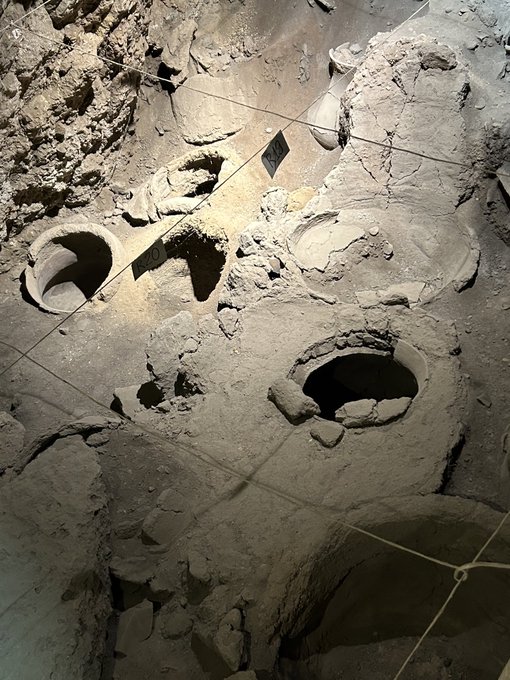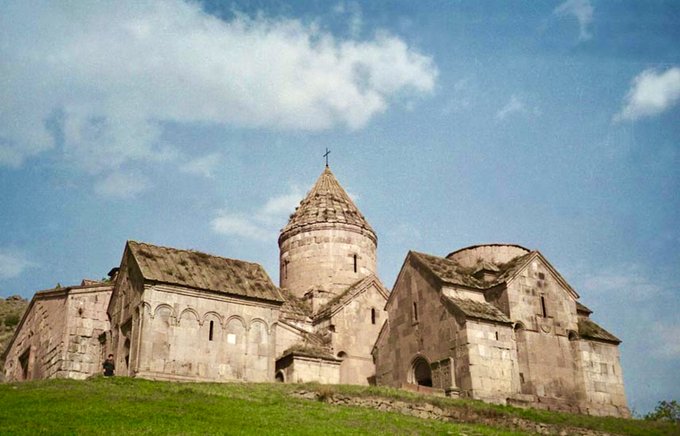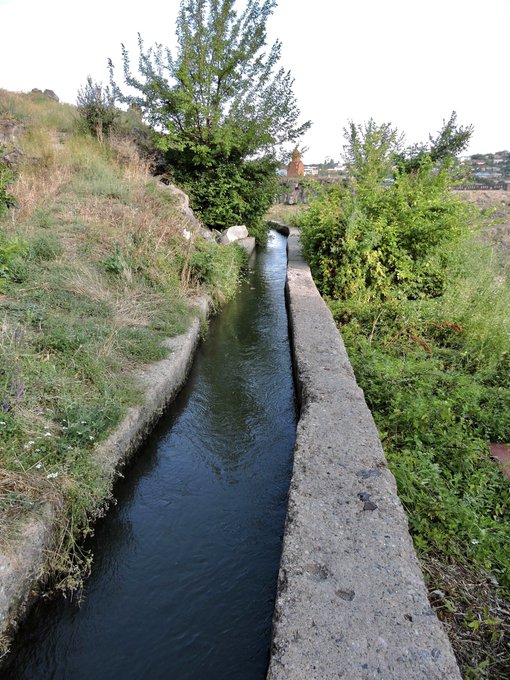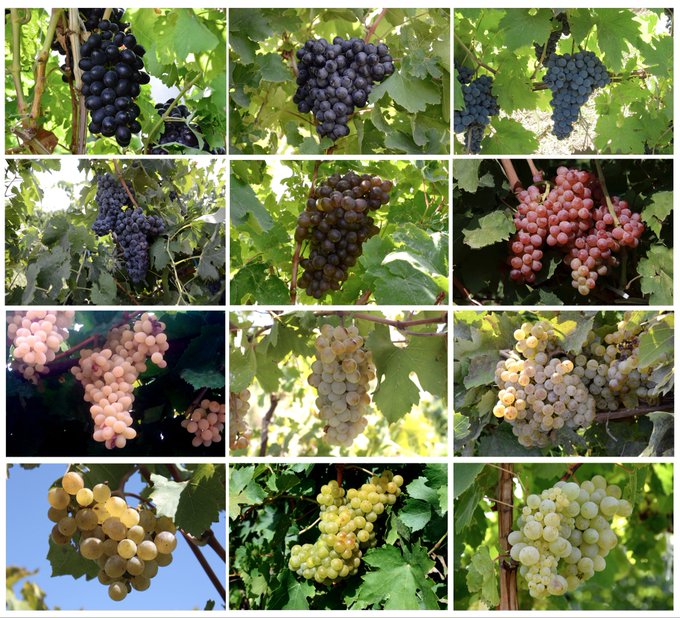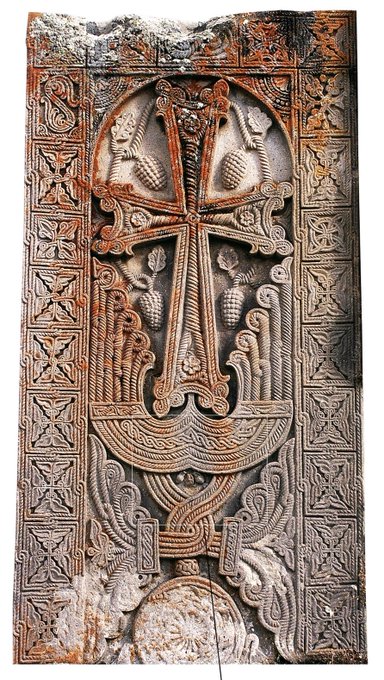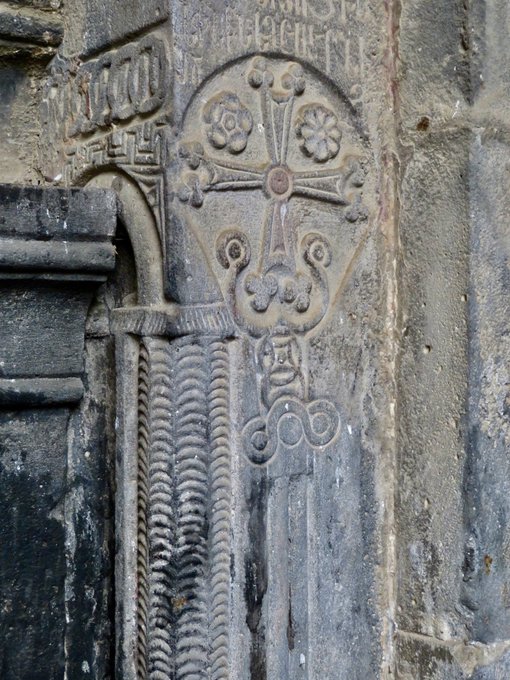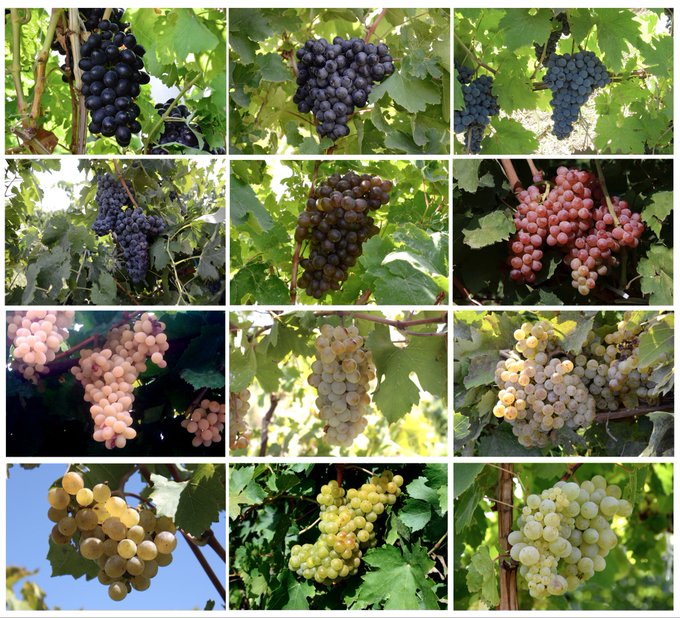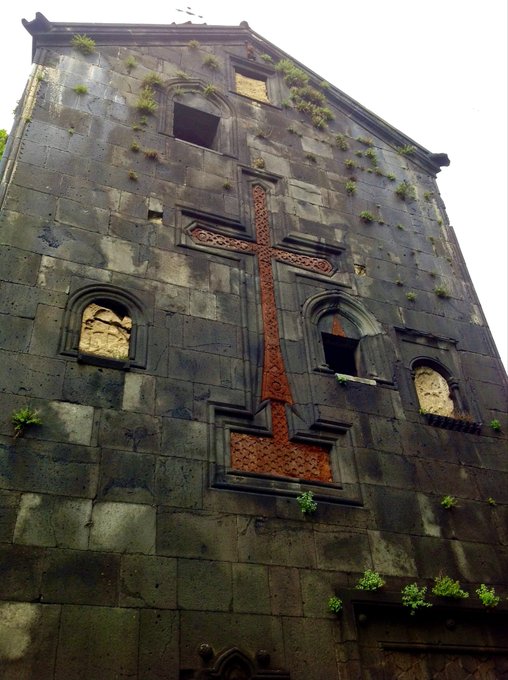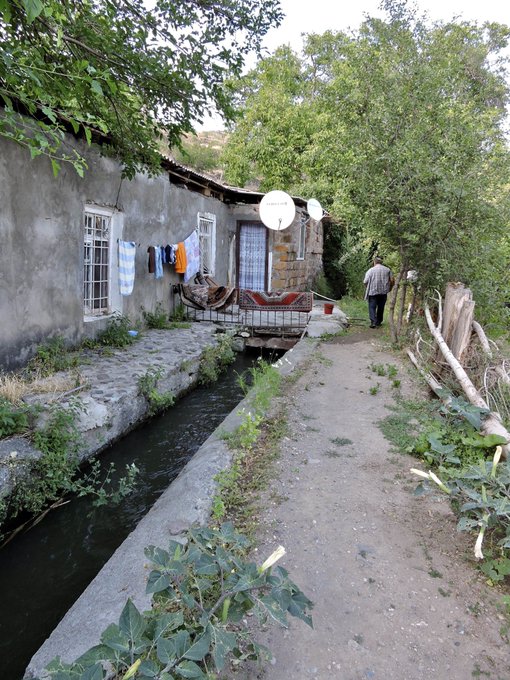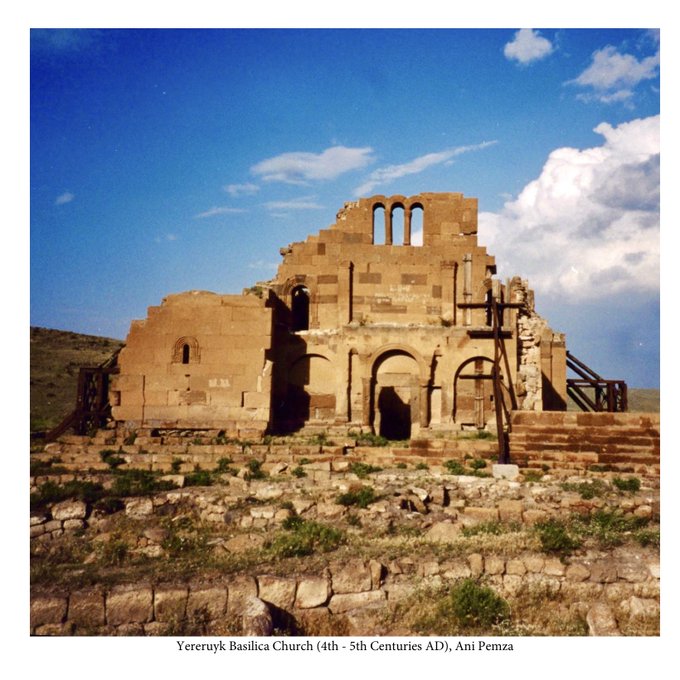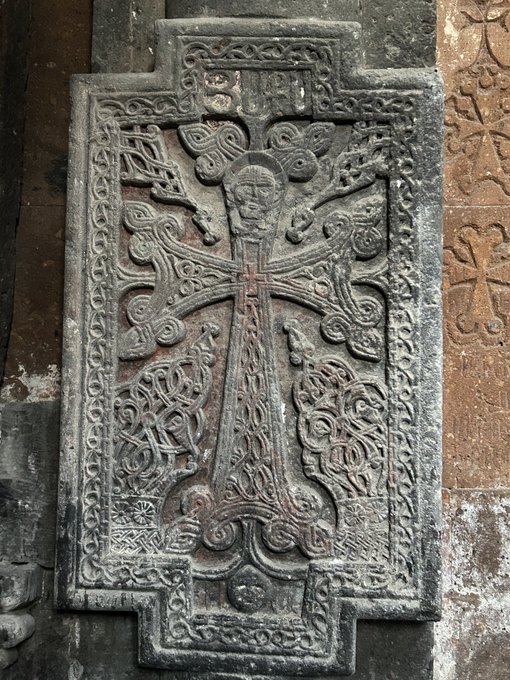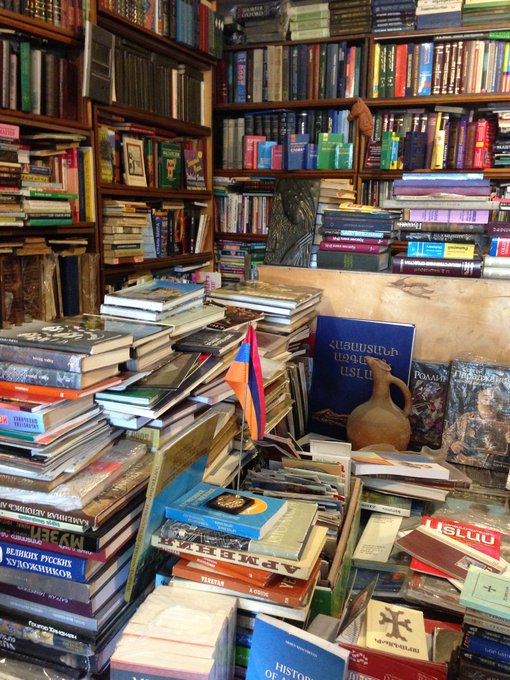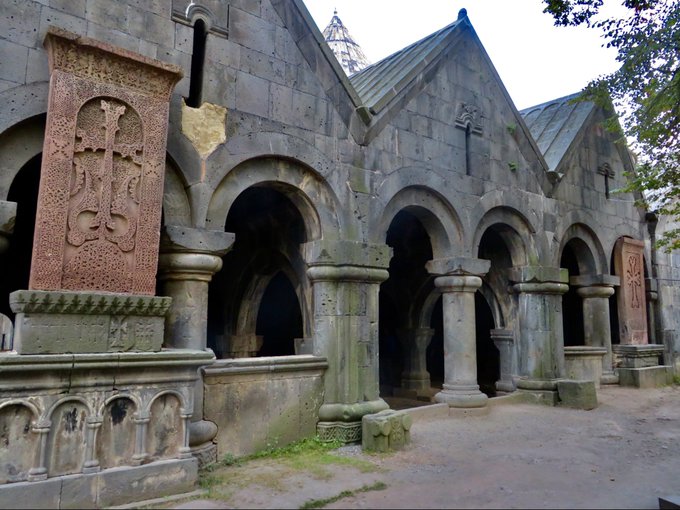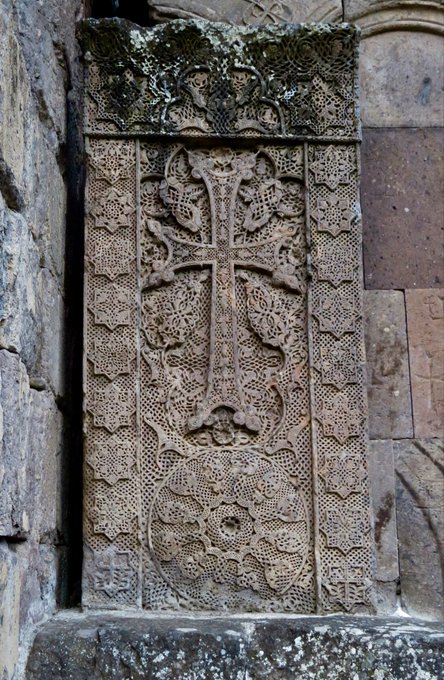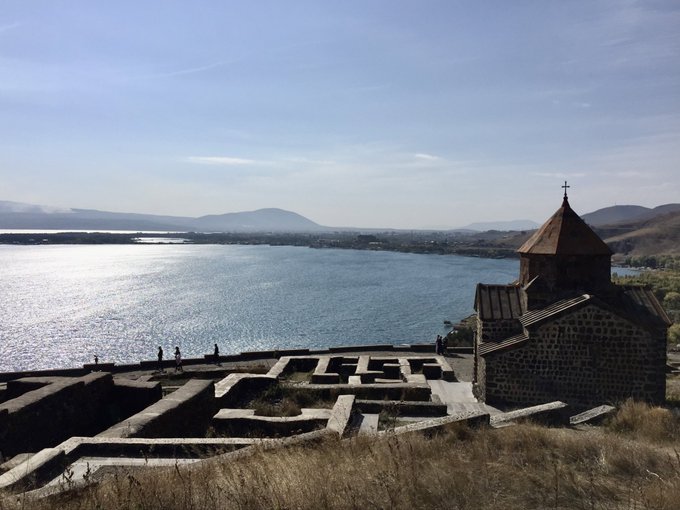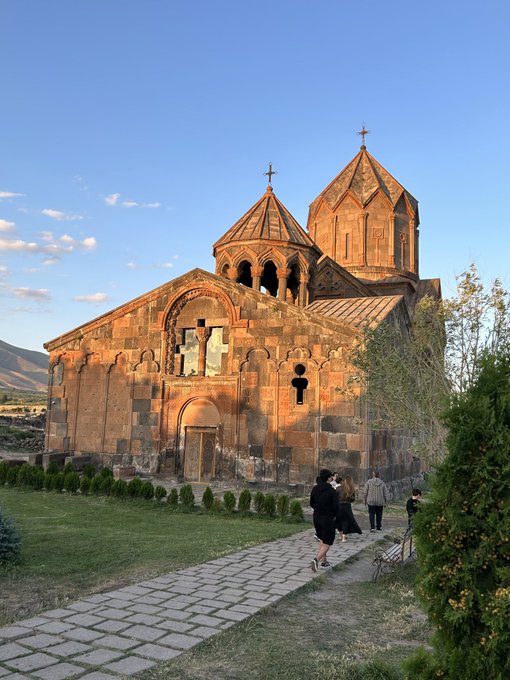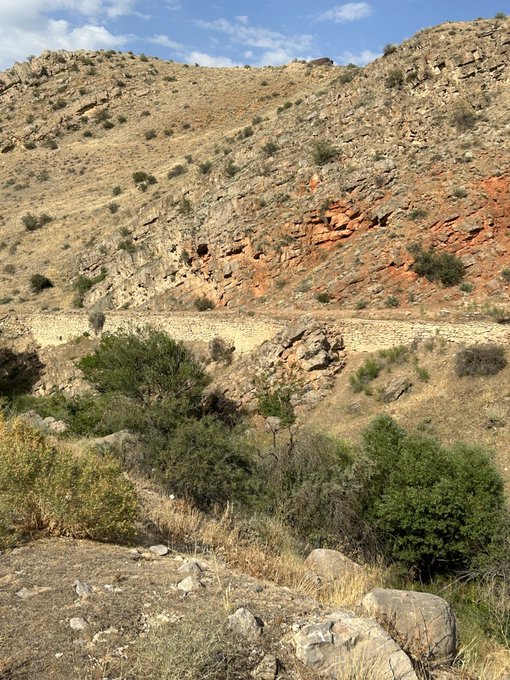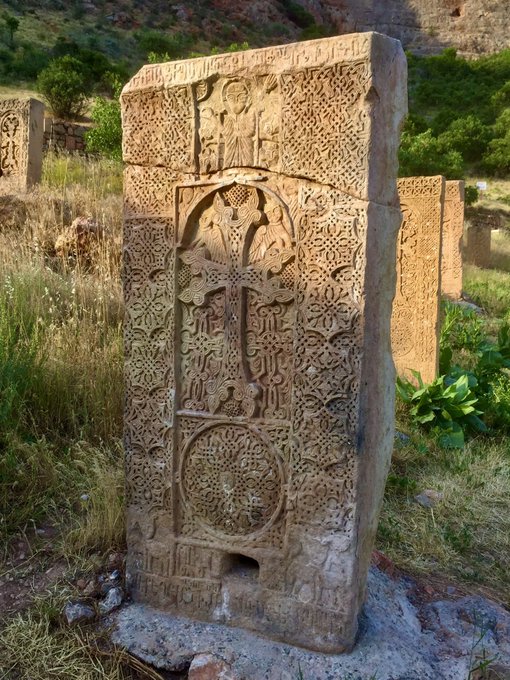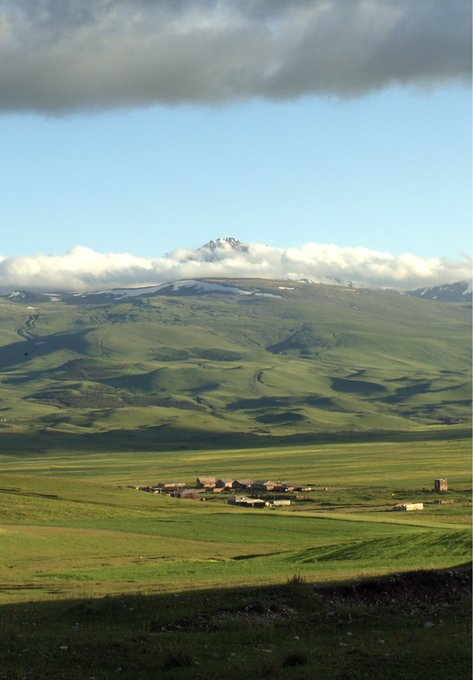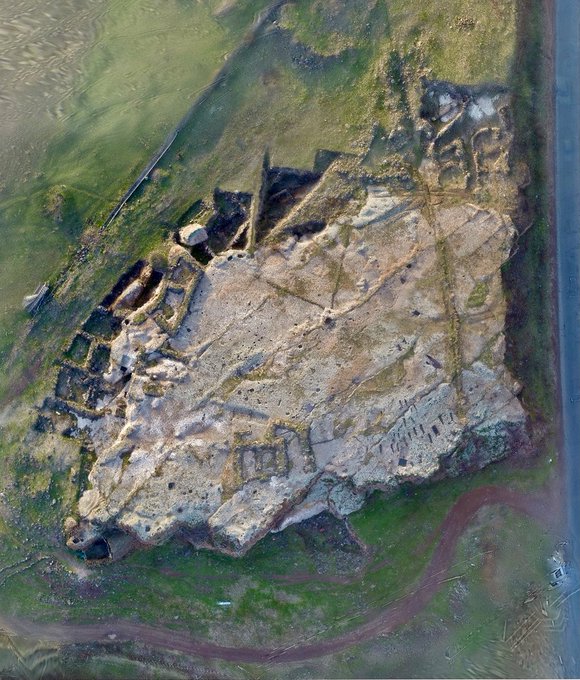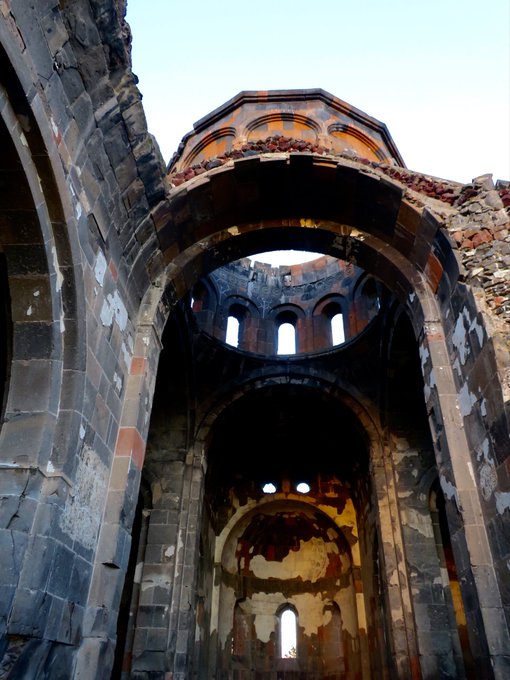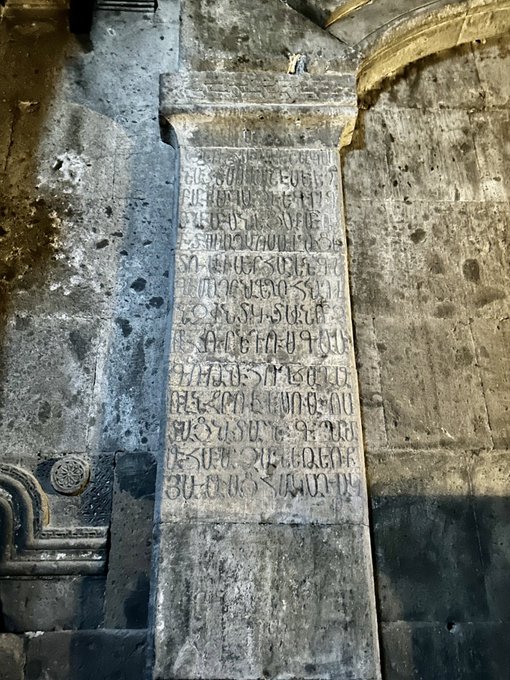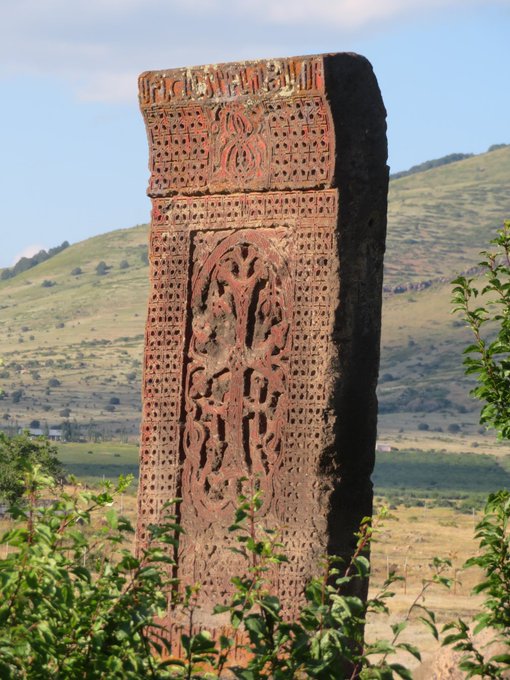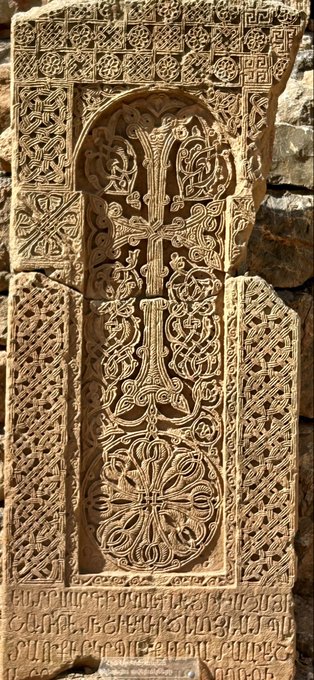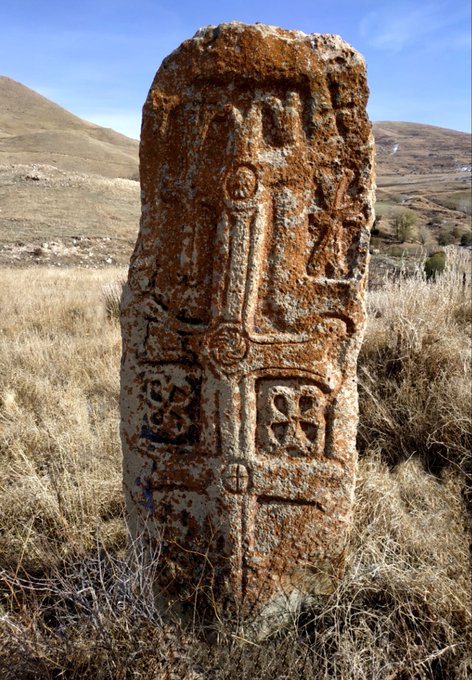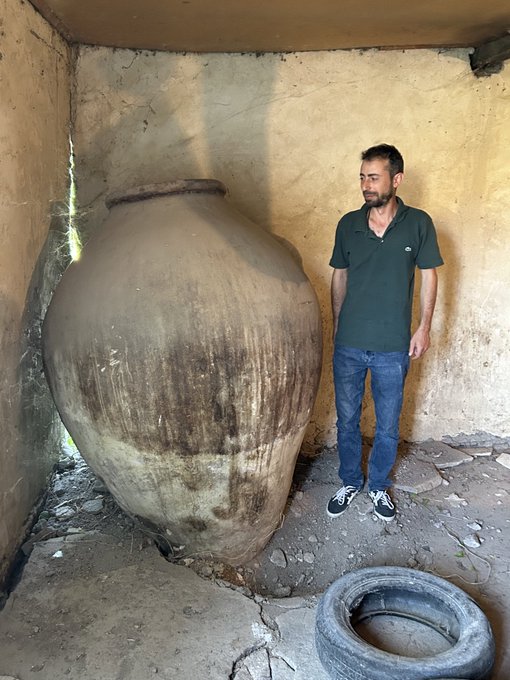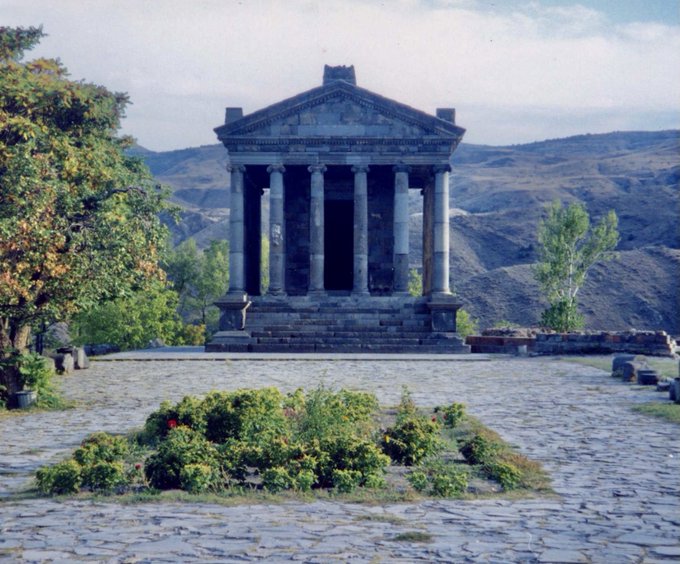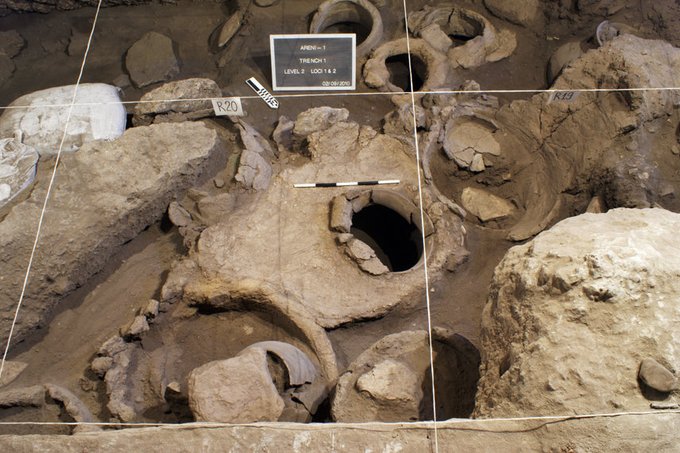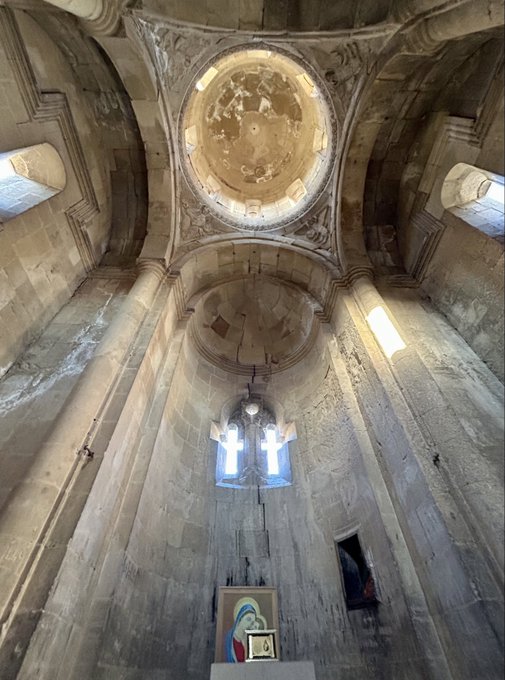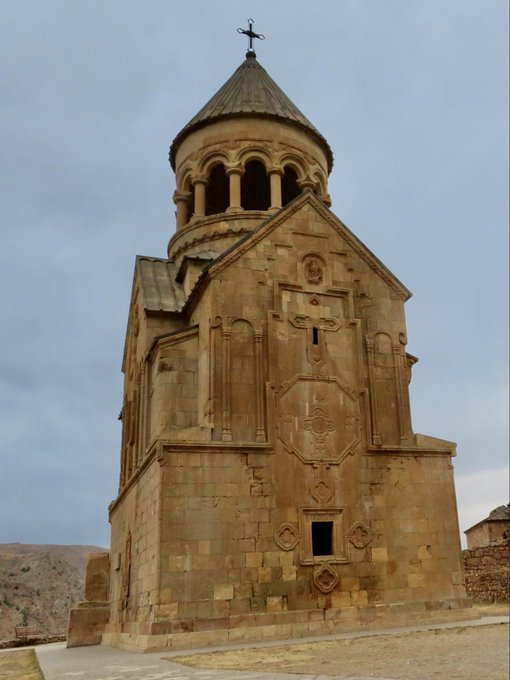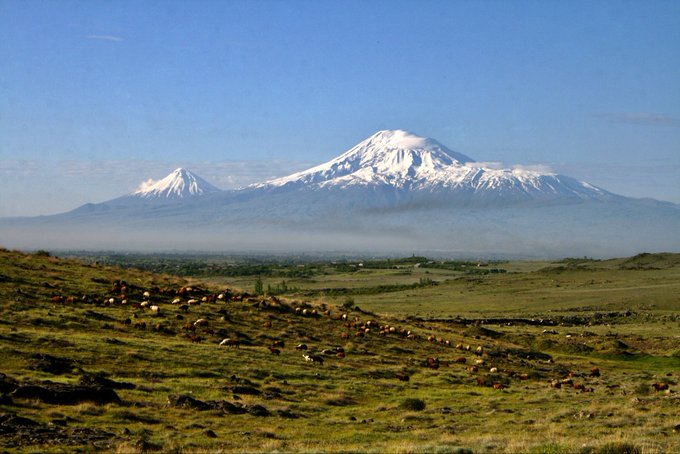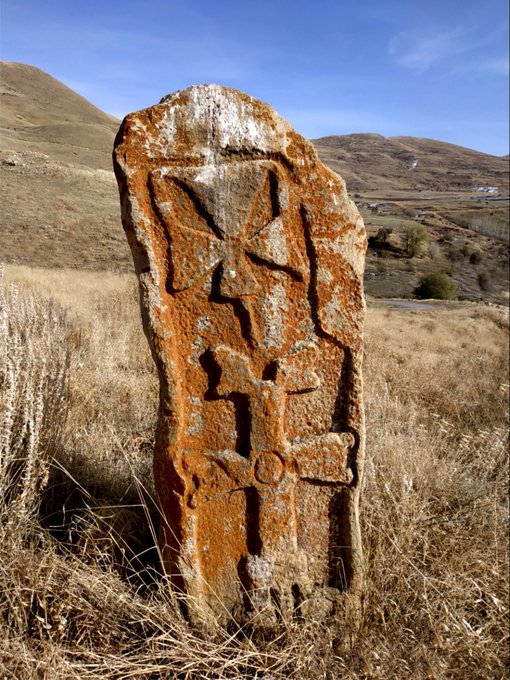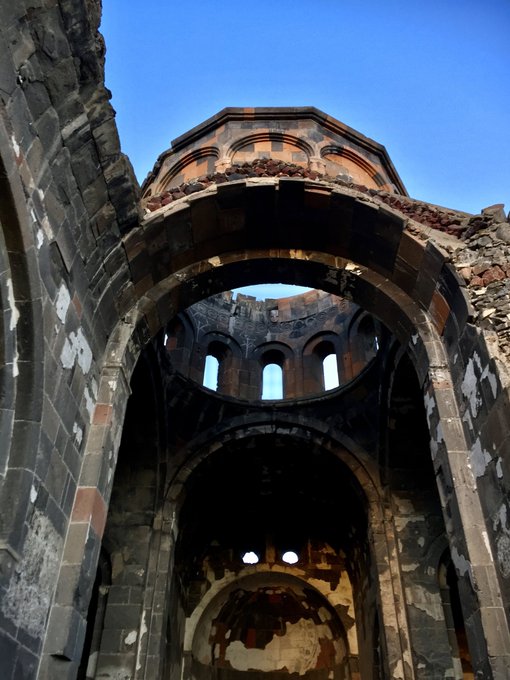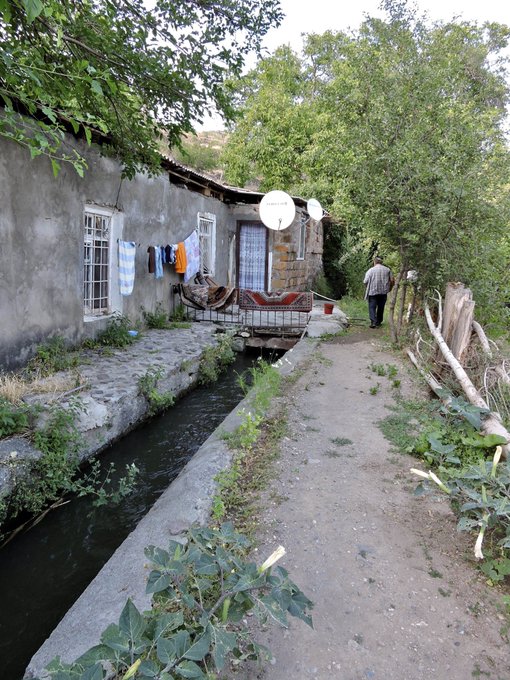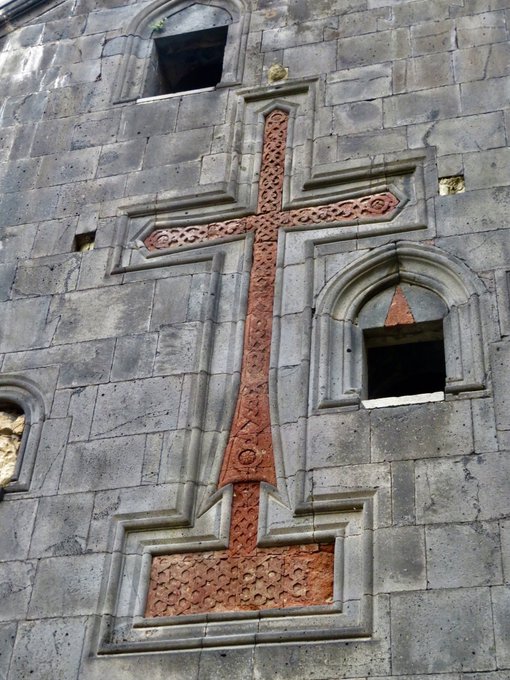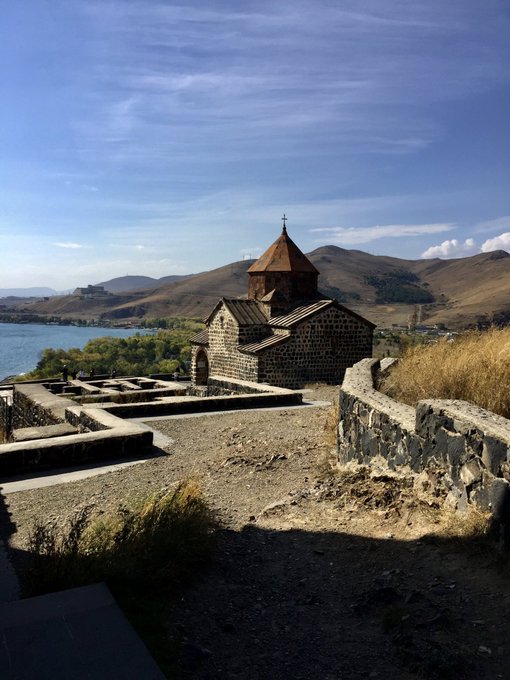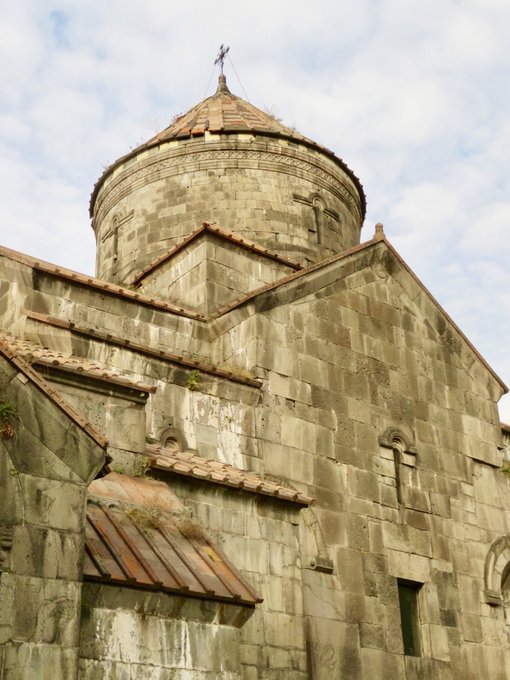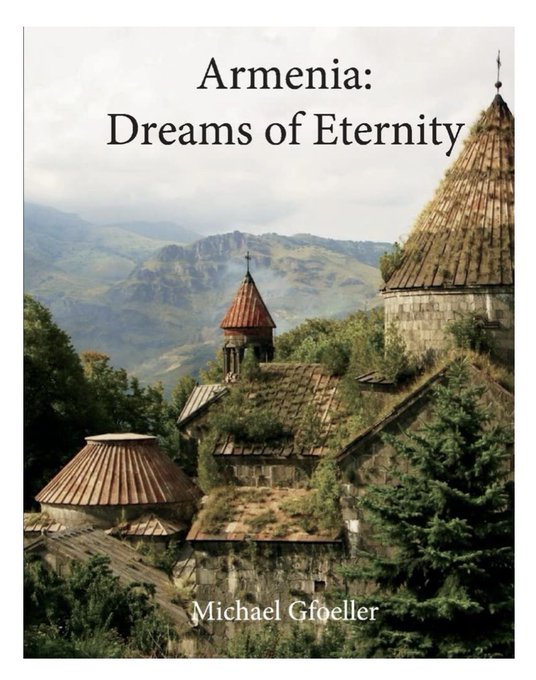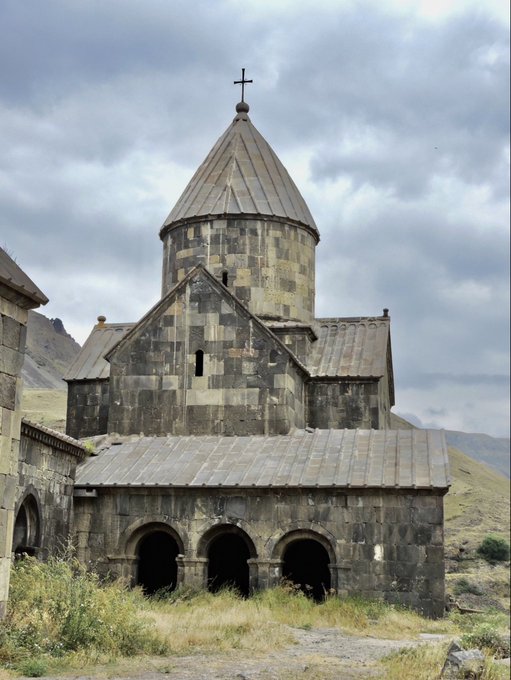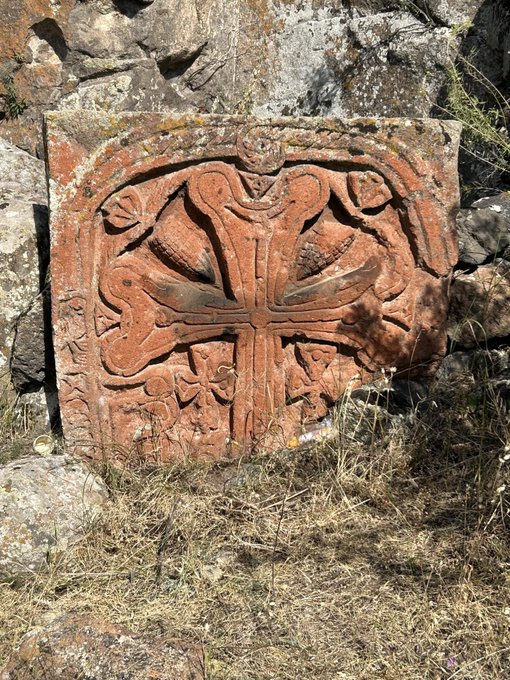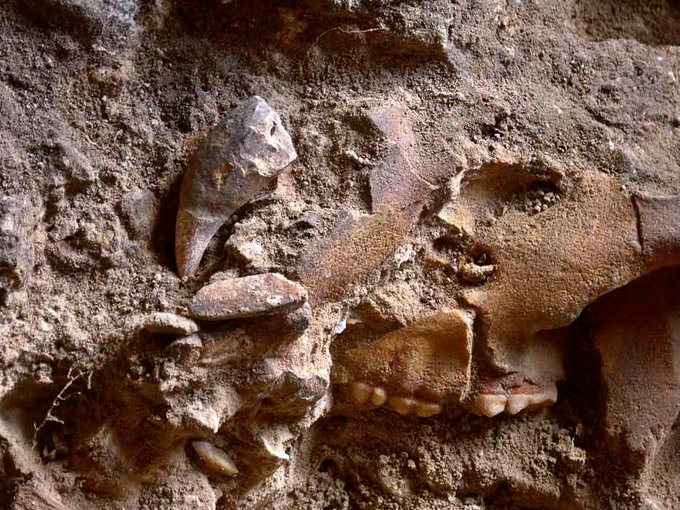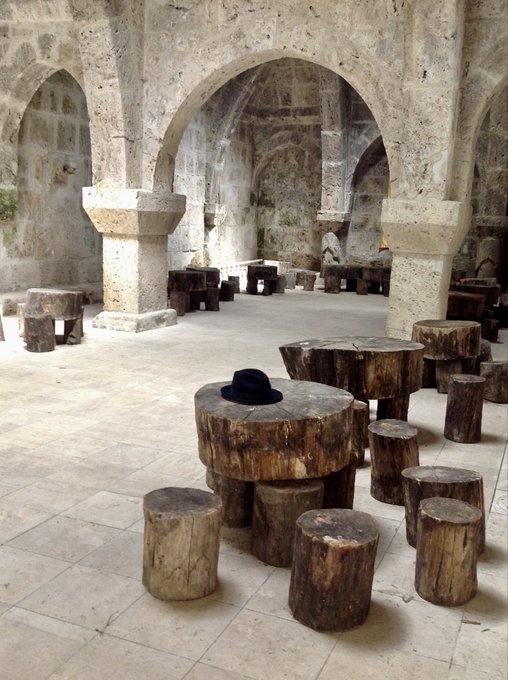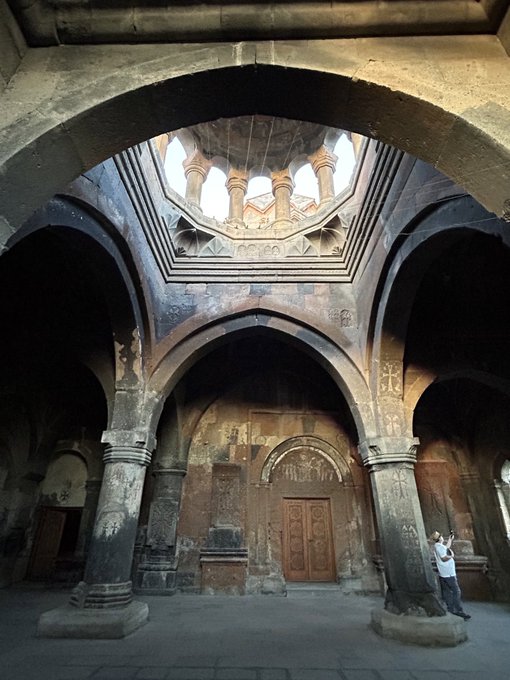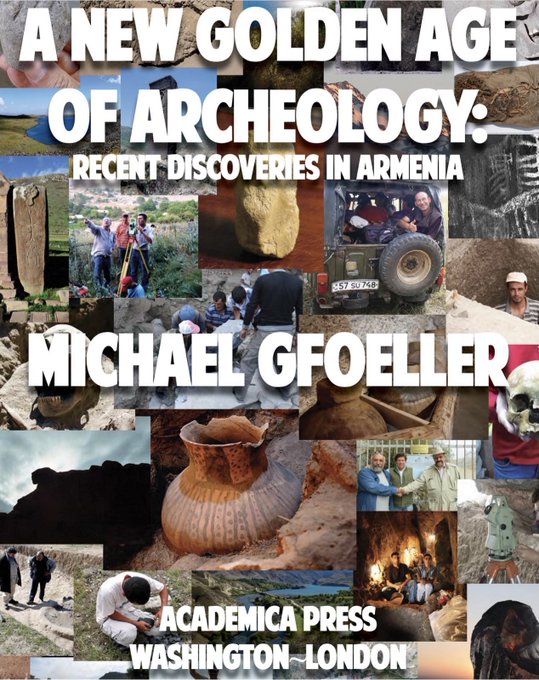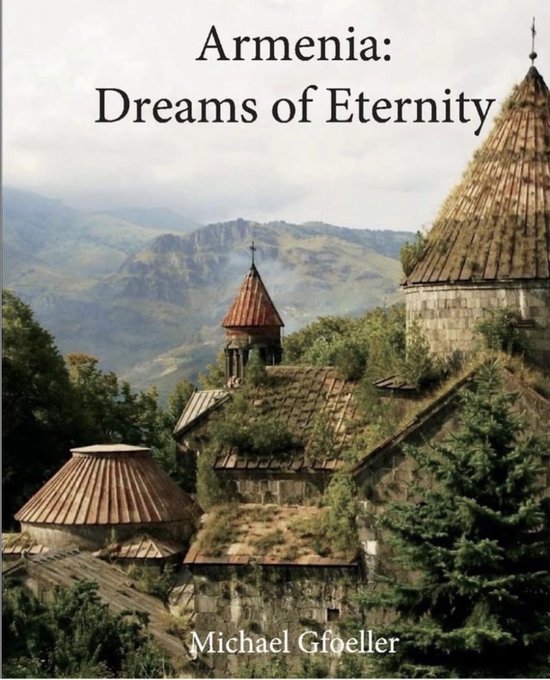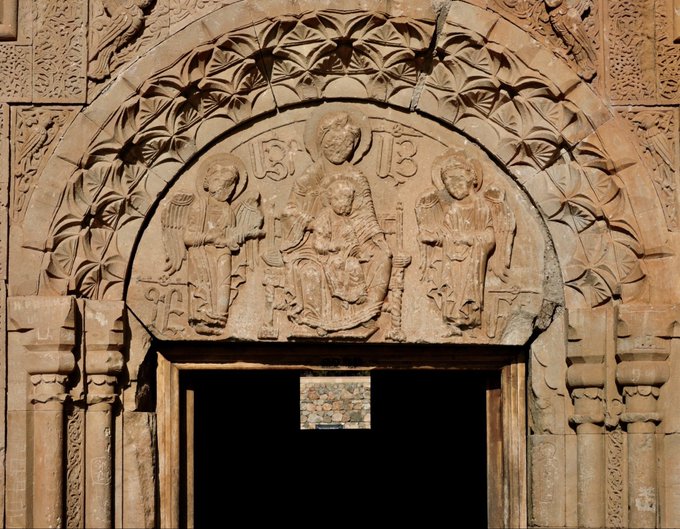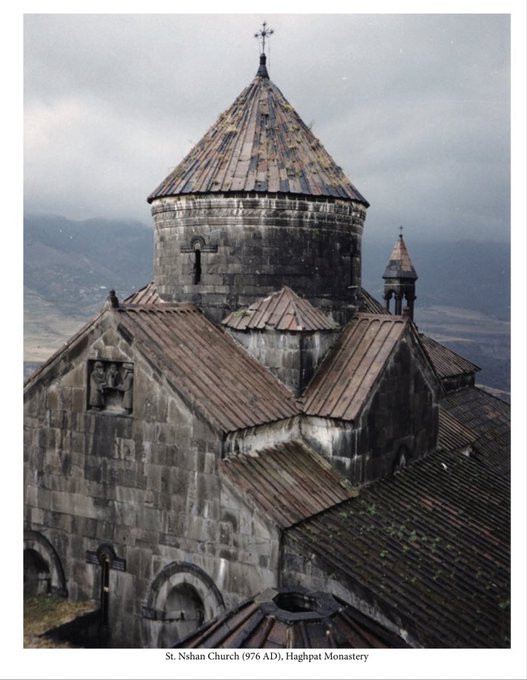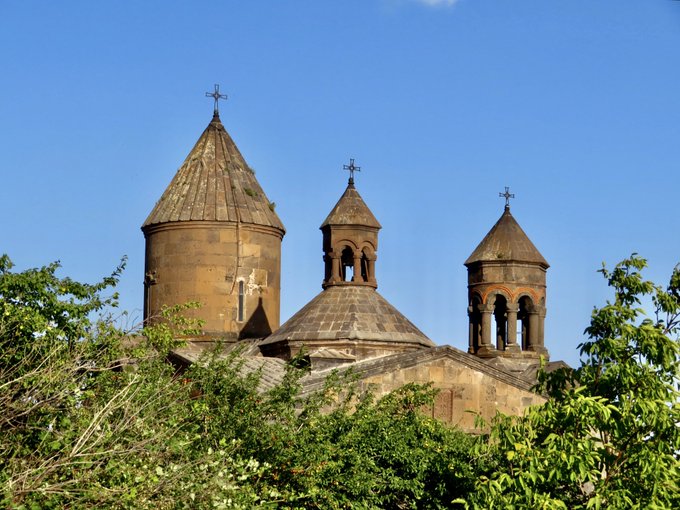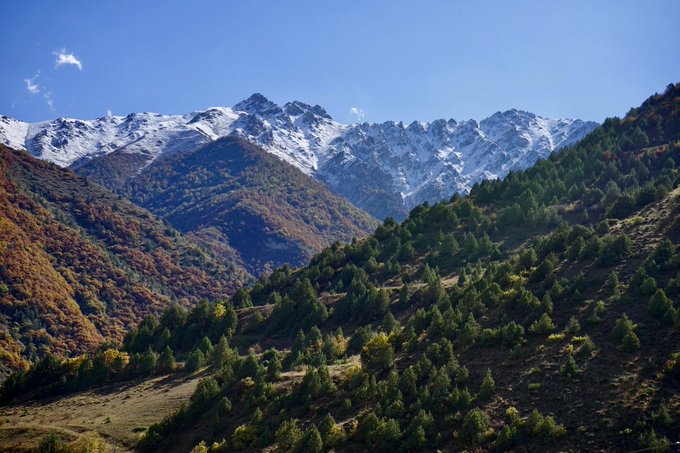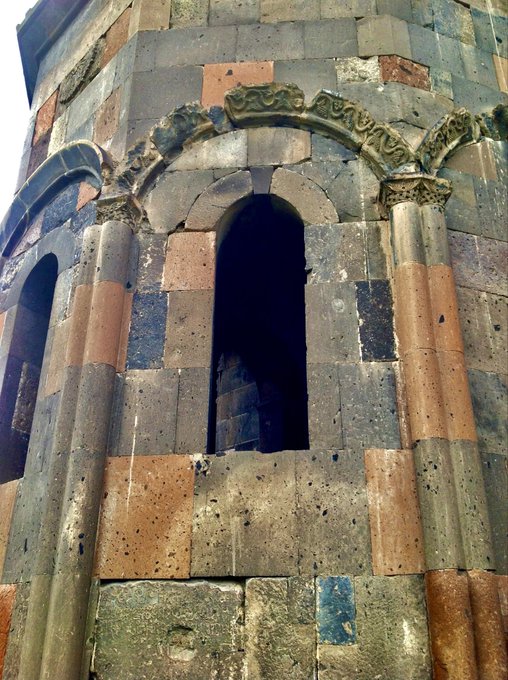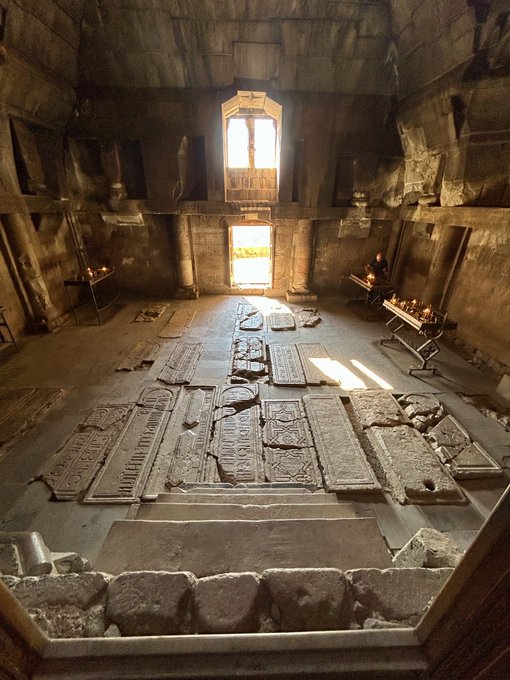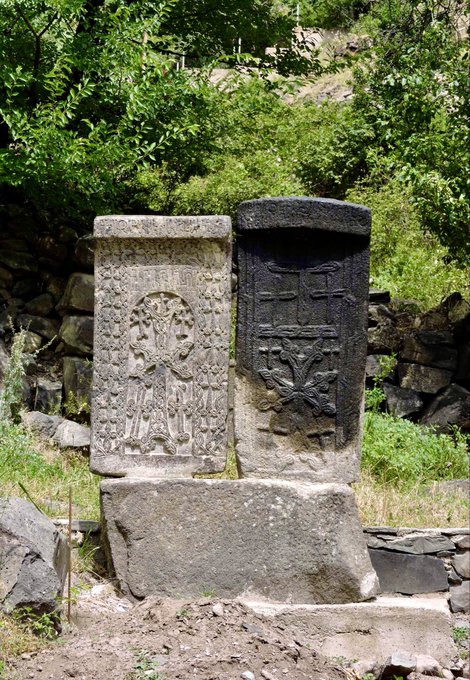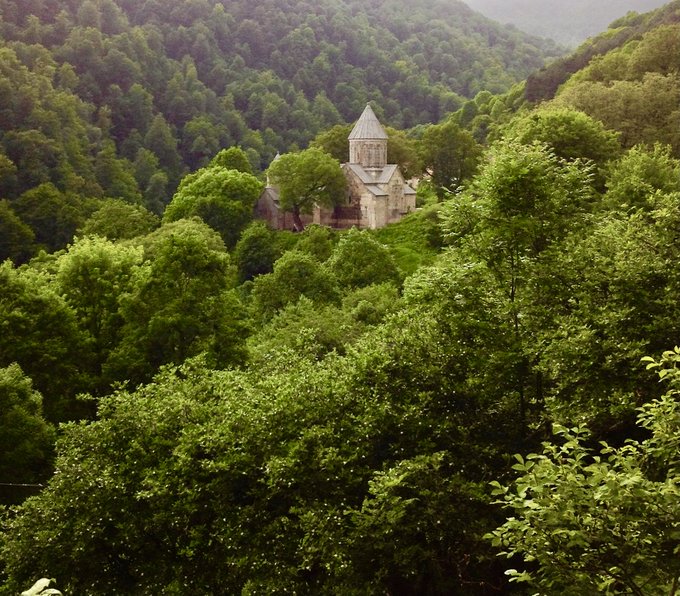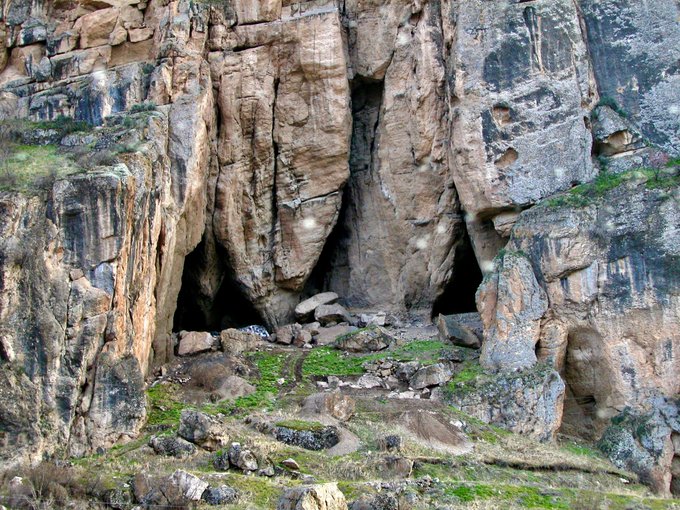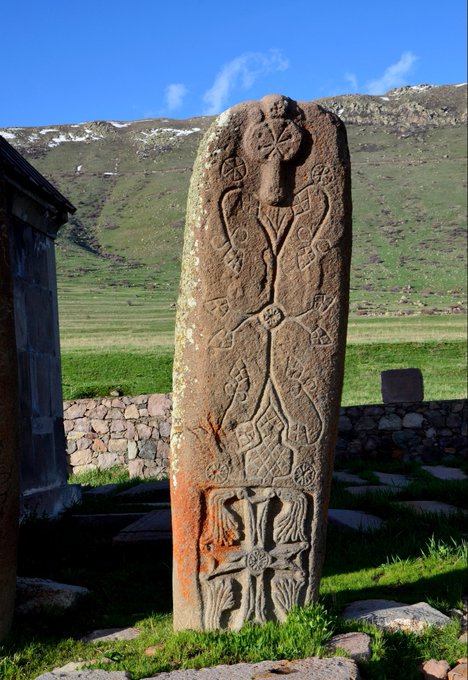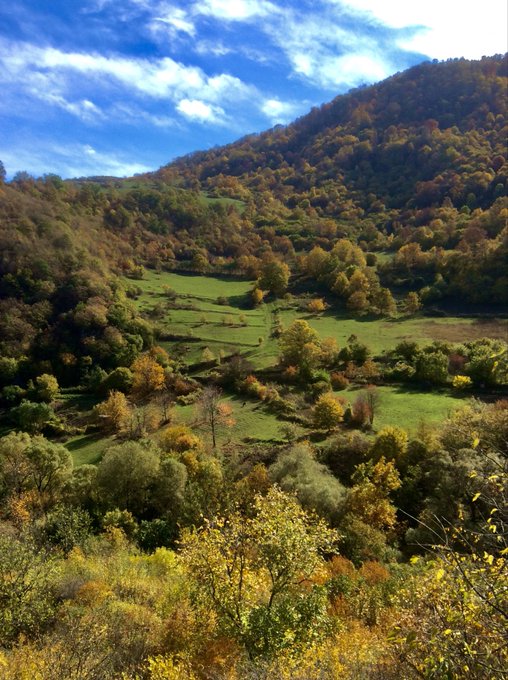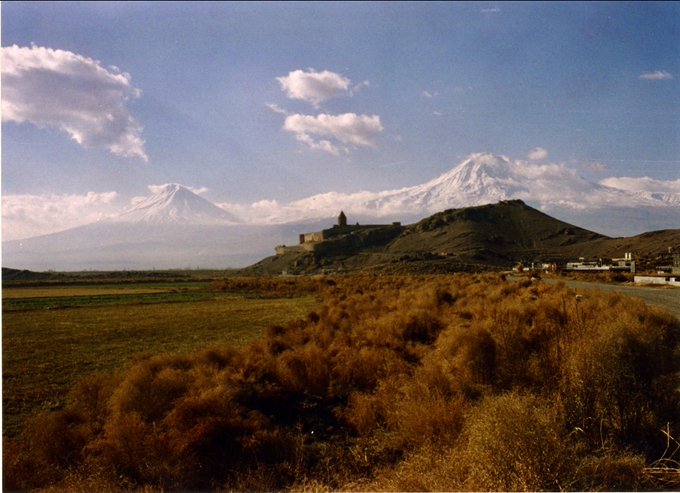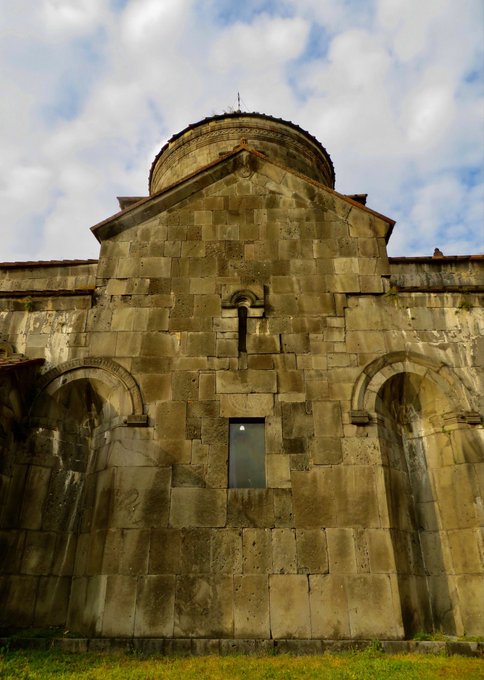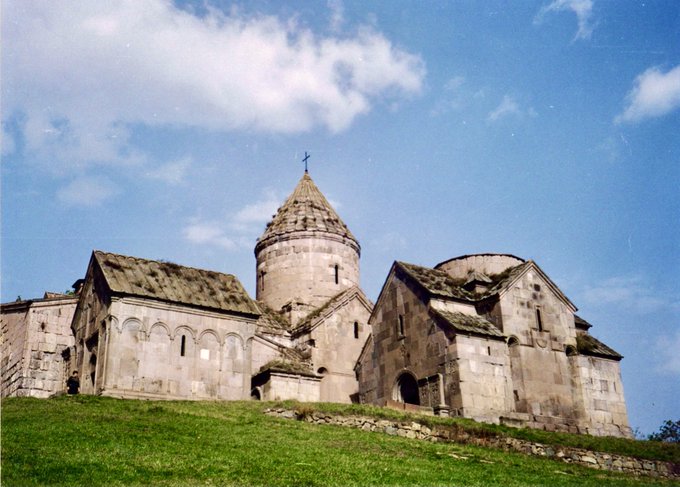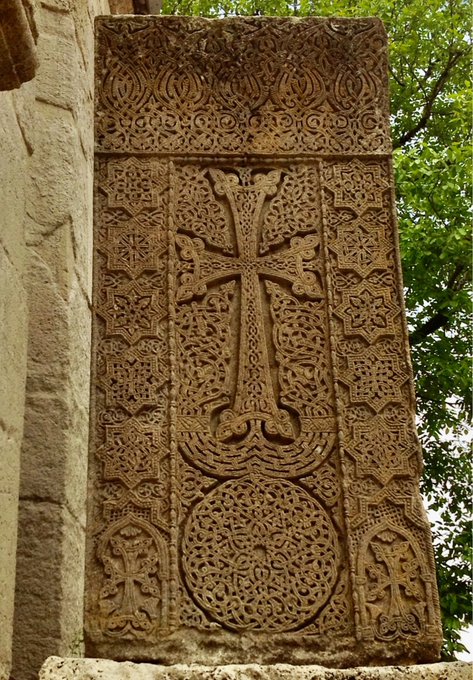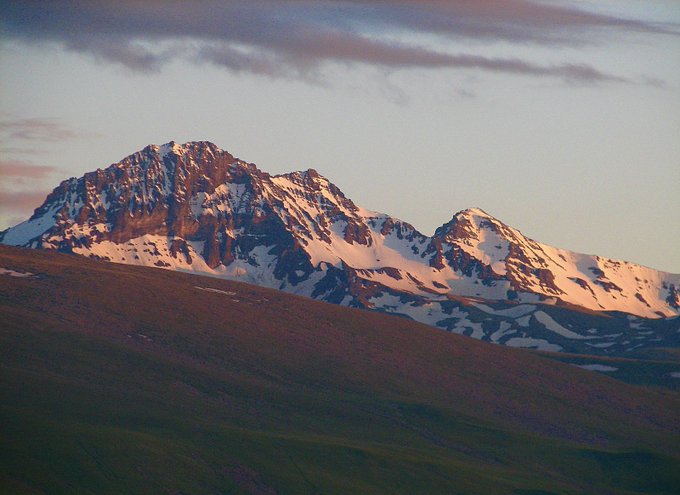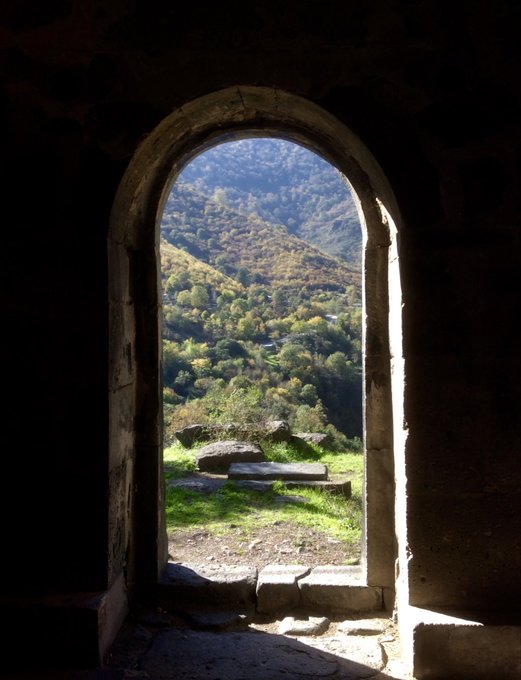
Gfoeller Renaissance Foundation
@GfoellerFndtn
Followers
3,406
Following
4,963
Media
2,155
Statuses
2,258
We support Armenian archeology so that the rich heritage of the country can be shared with the world. All photographs were taken by members of our team.
Joined June 2022
Don't wanna be here?
Send us removal request.
Explore trending content on Musk Viewer
Merchan
• 285044 Tweets
Guilty
• 278289 Tweets
Flick
• 160182 Tweets
National Anthem
• 111356 Tweets
Farage
• 77095 Tweets
Osaka
• 60381 Tweets
超・獣神祭
• 51206 Tweets
The IEC
• 45610 Tweets
Jadue
• 41368 Tweets
Vincent Kompany
• 40517 Tweets
#rolandgarros
• 39285 Tweets
Bernabéu
• 36543 Tweets
Esmeralda
• 25243 Tweets
State of Play
• 24904 Tweets
Swiatek
• 22625 Tweets
Mother Teresa
• 19744 Tweets
Pecker
• 17542 Tweets
Kurban Teslimiyettir
• 13629 Tweets
耳の怪我
• 12293 Tweets
ナイトウェア
• 10470 Tweets
Wits
• 10433 Tweets
محور فيلادلفيا
• 10193 Tweets
Last Seen Profiles
Armenia is not merely a small country in the Caucasus that regained its independence after the collapse of the Soviet Union. It is instead one of the wellsprings of world civilization, on the same level as Mesopotamia, Egypt, Greece, and Italy.
#Armenia
#civilization
5
67
255
A khachkar carved from a pre-Christian idol, 4th perhaps century AD. The cross is depicted as the Tree of Life.
#Armenia
#archeology
#sculpture
12
52
214
Armenia is not merely a small country in the Caucasus that regained independence after the collapse of the Soviet Union. It is one of the wellsprings of world civilization, on the same level as Mesopotamia, Egypt, Greece, and Italy.
#Armenia
#civilization
#heritage
5
27
194
Dr. Boris Gasparyan, holding the oldest known statue, a figurine of a cave bear, dated to 120,000 years BCE. He discovered it at the Hovk-1 Neanderthal site.
#Armenia
#archeology
22
31
199
Armenia is the original home of wine grapes and wine making. It has over 400 varieties of grapes that have been used for millennia to make wine. Here are a few examples.
#Armenia
#wine
#tradition
3
45
193
The West has largely forgotten its own intellectual and cultural roots, but eternal Armenia remembers. To recover its own identity, the West must return to Armenia.
#Armenia
#culture
#history
#Christianity
8
39
175
A monumental internal door in Saghmosavank, circa 1240 AD. Armenian architecture in this period was built to last millennia.
#Armenia
#architecture
#Christianity
1
42
185
Mt. Ararat, where Noah’s ark landed at the end of the Great Deluge, according to the Bible.
#Armenia
#tradition
#beauty
5
42
162
The oldest known wine making complex, discovered in the Areni-1 Cave. It dates to circa 4000 BC. Armenia is the original homeland of wine and viticulture.
#Armenia
#wine
#civilization
0
49
157
A khachkar from Tsakhatskar monastery in Vayots Dzor, depicting the cross as a grape vine full of fruit, 1100 to 1300 AD.
#Armenia
#sculpture
#Christianity
#wine
2
31
150
Surp Astvatsatsin church in Bjni, circa 1031 AD. It was built under the Pahlavuni dynasty, who ruled the district of Bjni in the 11th century.
#Armenia
#architecture
#history
3
23
139
The facade of the bell tower at Sanahin monastery, circa 1215 AD. The cross is made of red granite. Like many other Armenian crosses, it represents the Tree of Life.
#Armenia
#sculpture
#architecture
2
23
137
A close-up image of the Zakharidi khachkar, 1196 AD. The cross is represented as the eternal Tree of Life, resting on the circle of eternity.
#Armenia
#art
#Christianity
#mysticism
3
31
140
A khachkar from Hovhanavank, 12th or 13th century AD. The cross is the Tree of Life. In this rendering, it is given a human face, representing sentience and consciousness.
#Armenia
#sculpture
#mysticism
0
41
135
Sanahin Monastery, 10th century AD. It was a major center of secular and religious learning for centuries.
#Armenia
#architecture
#culture
#sculpture
1
22
131
The Aseghnagorts khachkar at Goshavank monastery, carved by the noted sculptor Pavgos in 1291 AD. It is a meditation in stone on nature, time, resurrection, and eternity. The cross is represented as the Tree of Life.
#Armenia
#sculpture
#culture
4
23
132
A portion of the ancient city of Agarak, seen from the air. Agarak was founded in the Bronze Age.
#Armenia
#archeology
#heritage
3
30
123
A vishap or water spirit idol from the Gnishik gorge that was converted into a khachkar during the Middle Ages.
#Armenia
#sculpture
#Christianity
1
27
121
To give an idea of its scale, here is an Armenian archeologist standing next to the giant karas.
#Armenia
#archeology
#wine
0
23
127
Mt. Ararat has been considered sacred for millennia. In pre-Christian times it was considered sacred to the sun god Ara. Mt. Ararat is where the Ark of Noah came to rest in Genesis. Monasteries were built on its slopes in the Middle Ages.
#Armenia
#archeology
#adventure
2
19
117
Surp Astvatsatsin at Noravank Monastery, 1339 AD. It is the work of the brilliant architect, sculptor, and painter Momik.
#Armenia
#architecture
#design
4
21
118
A vishap or water spirit idol converted into a khachkar sometime in the Middle Ages. This khachkar is direct evidence of the transition from pre-Christian belief systems to Christianity in Armenia.
#Armenia
#sculpture
#Christianity
4
16
116
An Urartian canal in the village of Ashtarak. Master engineers, the Urartians built it circa 600 BC to irrigate their vineyards and orchards. It still functions. The canal was lightly repaired in Soviet times.
#Armenia
#engineering
#irrigation
#archeology
2
17
118
Haghpat Monastery, circa 991 AD. Armenia boasts amazing monastic complexes that functioned as religious centers, universities, and hospitals in Medieval times.
#Armenia
#architecture
#history
#tradition
3
27
114
Vorotnavank Monastery, 1000 to 1007 AD. It was built by Queen Shahanduknt, ruler of Syunik.
#Armenia
#architecture
#design
2
10
109
The rectory of Haghartsin monastery, built in 1248 by the noted architect Minas.
#Armenia
#architecture
#history
0
23
108
Inside the narthex of Hovhanavank. Armenian architects made masterful use of domes, vaults, and arches, creating spaces of great mystery and beauty.
#Armenia
#architecture
#beauty
2
31
111
This karas — Armenian for amphora — contains the recreated wine of the Chalcolithic period, 6100 years ago.
#Armenia
#wine
#archeology
#heritage
#legacywines
2
14
103
This is the Areni-1 cave. Inside it we discovered the remains of an ancient lost civilization even older than Uruk, one of the first Sumerian cities.
#Armenia
#archeology
#history
#culture
0
30
105
This vishap, or dragon stone, was once a pre-Christian idol. It was converted into one of the first khachkars by the addition of two crosses, which represent the Tree of Life. The idol’s head is still visible at the top of the khachkar.
#Armenia
#archeology
#sculpture
0
30
102
Khor Virap monastery, 7th century AD. Beyond it is Mt. Ararat, where Noah’s ark landed after the Great Flood, according to the Bible and local tradition.
#Armenia
#architecture
#nature
#beauty
2
22
104
Armenia became the first country to adopt Christianity as the state religion in the year 301 AD. Following the collapse of the Western Roman Empire, Armenian scholars preserved and disseminated ancient knowledge and wisdom.
#Armenia
#civilization
#memory
2
20
105
A khachkar from Haghartsin monastery, probably 13th century AD. In the artistic sense it is a direct descendant of the vishaps transformed from idols into Christian monuments a thousand years earlier.
#Armenia
#archeology
#sculpture
4
17
103
This is the oldest known winery, dated to 4100 BC. We discovered it in the Areni-1 cave in Vayots Dzor province.
#Armenia
#wine
#tradition
#heritage
7
35
98
